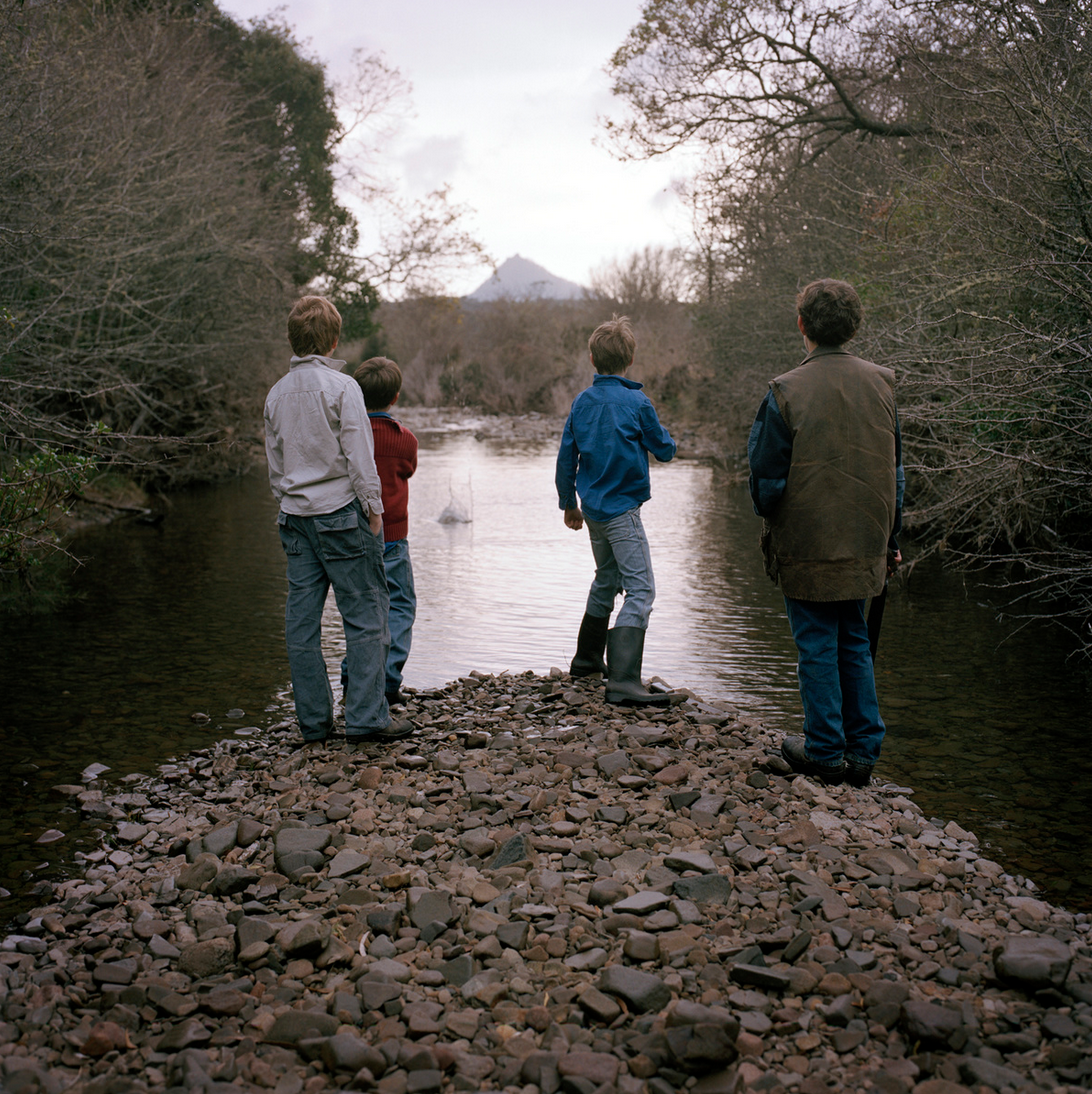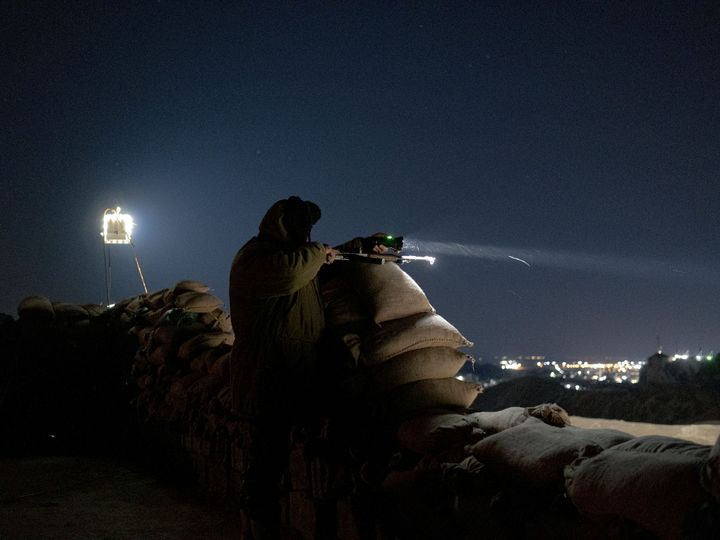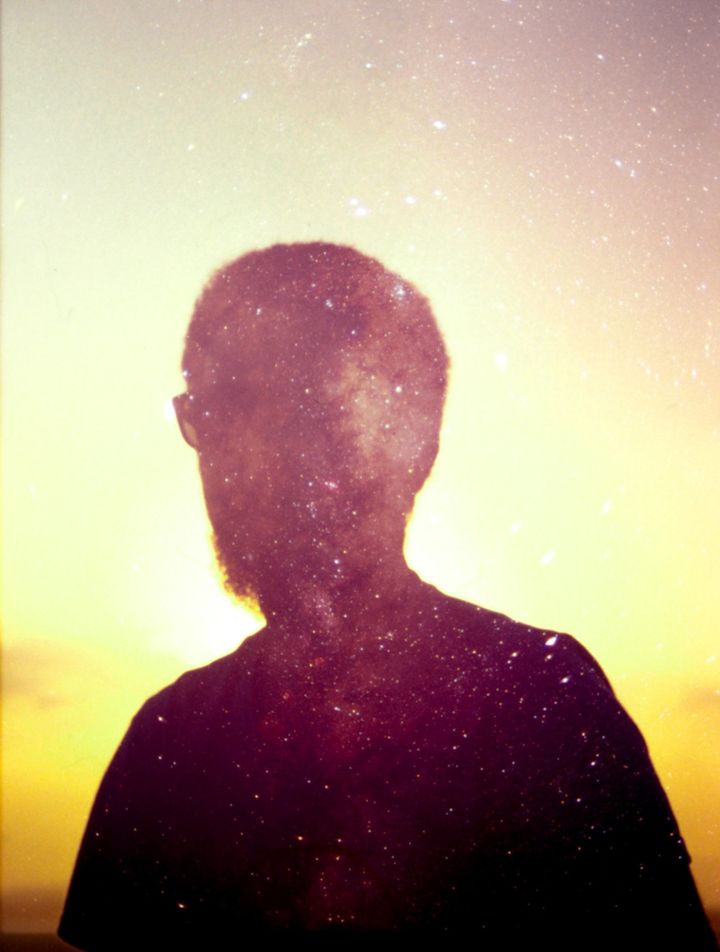How did Lumina come about? Where did the idea stem from and how did it all look in terms of recruiting founding members, approaching potential candidates etc?
Morganna: Lumina was formed as a response to a gap in the Australian Documentary photographic community for a collective that challenged the traditional view of what documentary photography is. Although all our work is narrative based, most members work falls into more of an expanded documentary practice rather than the more traditional photojournalism. In approaching the members we took into account both the outstanding quality of their work and their ability to work on long term projects throughout their own careers.
Where was the name for collective derived from and why was this name chosen for the group?
Aletheia: The name ‘Lumina’ comes from the latin word meaning ‘Brilliant Light”. We thought it would be fitting in the context of photography (which of course means to draw with light) and also in the context of the group which is all about supporting each other’s photography and personal journeys, including supporting each other’s unique light to shine brightly.
On the collective’s website it states that Lumina is committed to “revealing diverse stories and narratives within the Australian landscape” and to “build capacity through collaboration and community”. Would you mind elaborating on these a little for me? Why are these important to consider?
Morganna: All too often stories which depict an alternate narrative within the Australian photographic landscape are overlooked, and we continually see stories published which follow a formula, or perpetuate a known narrative. The stories which are being produced by Lumina cover diverse genres, and blur the boundaries between documentary and fine art, however at the heart of all the stories though is a strong sense of authenticity, authorship, and in most cases a personal interpretation of the story. Many of the members produce highly personal work, which shares intimate aspects of their lives, families, or of their past, and I feel it is this, that makes the collective unique. Through the sharing of personal and introspective work a new dialogue is raised about issues and topics which are often difficult for the public to address or acknowledge.
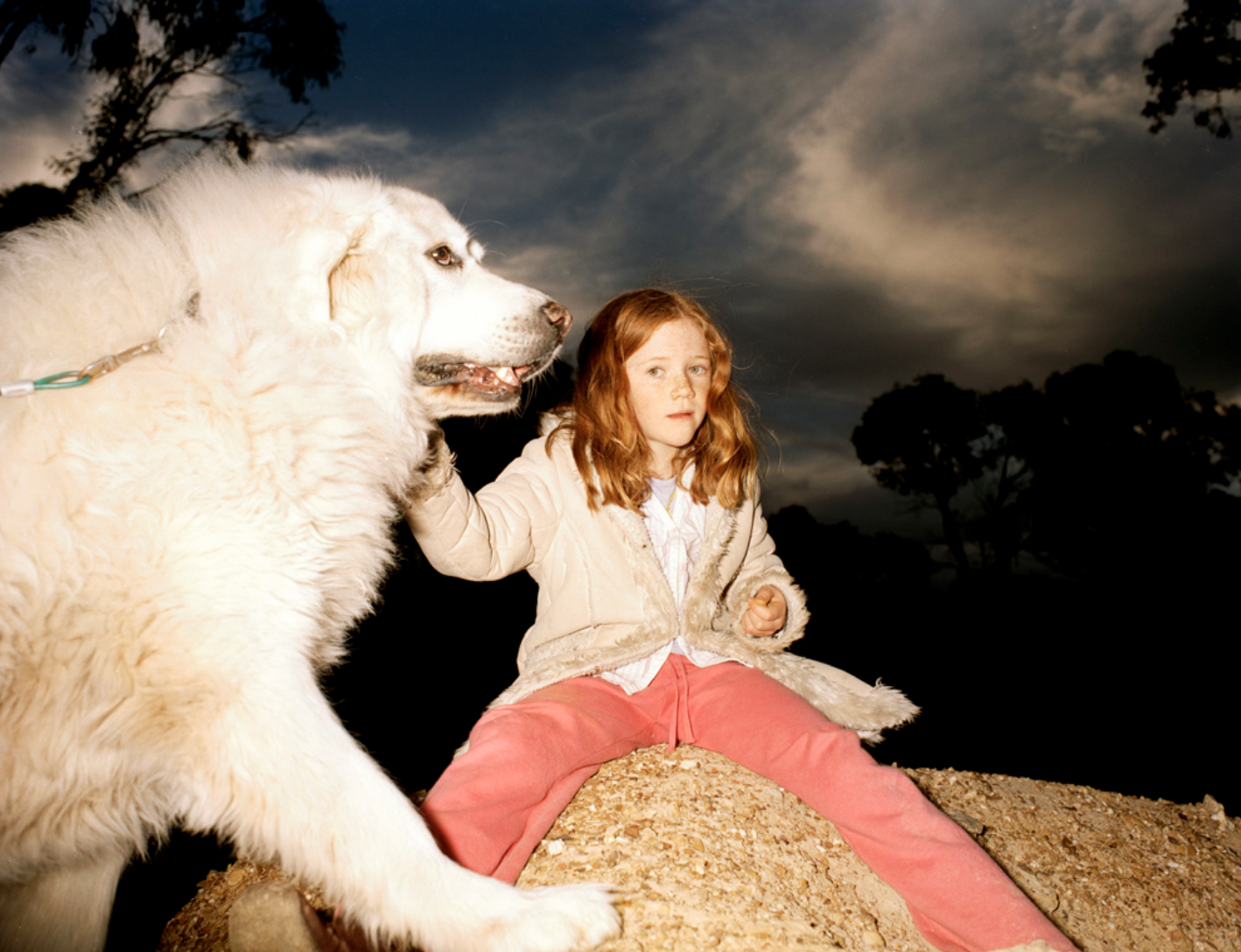
© Lumina Collective
The themes of work that members of the collective have produced so far is rather vast. From massacre sites to strip clubs. In response to the above, what are some of these “issues and topics” that are difficult for the public to address and how can photography go about addressing them?
Morganna: Issues such as grief, trauma, mortality, familial relations are, although universal, uncomfortable for many people to confront. Photography’s indexical nature allows for conversations to be had about real human issues that are often avoided by our society.
I also noticed that the collective seems to be presently comprised only of women. Was this a conscious decision or it just played out that way? If the former, what was the motive behind this?
Morganna: We had most certainly identified a need for a collective that both enhanced and supported the practice of members. The resulting 8 members each have practices that complement one another but also a work ethic that runs through the entire group. In that way the formation of the group ( given many of us had never met) came from the reputation of the members.
Would Lumina theoretically be open to accepting applications from men if an open call for new members were to be put out in the future? Does the group seek to be known as an all female-collective?
The group does not seek to be known as an all-female collective as much as a collective of artists who support and foster new conversations around the possibilities for photography in Australia. The decision to invite the members we have was not based on gender rather on work. However being a collective of female artists has allowed us a commonality as members in differing stages of careers and times of life can relate to one another. New members are not on our horizon in the near future.
Lumina has been an entity for almost two years now and you’ve just wrapped up the Echoes exhibition at the Art Gallery of Ballarat. How has the reception been to the work of the collective thus far? And what sort of developments have unfolded within the group over the last two years?
Lyndal: The response has been overwhelmingly positive. In just two years we’ve put together two major exhibitions at leading galleries and one national public paste up across Australia for International Women’s Day 2018. That’s alongside individual career achievements, with many members working on assignments for major titles including The New York Times, The Guardian and The New Statesman and Lumina has been represented in most major Australian photography prizes.
Behind the scenes there is a lot of work that no one sees putting a collective together from scratch. The are websites to build, financial pools and decision making processes to establish, defining your identity as a group together and also getting to know each other personally and professionally. The first year or so is extremely busy with those kind of activities that might not be obvious to an outsider. But we’ve done the hard yards there now and we’re working making new work for our next project.
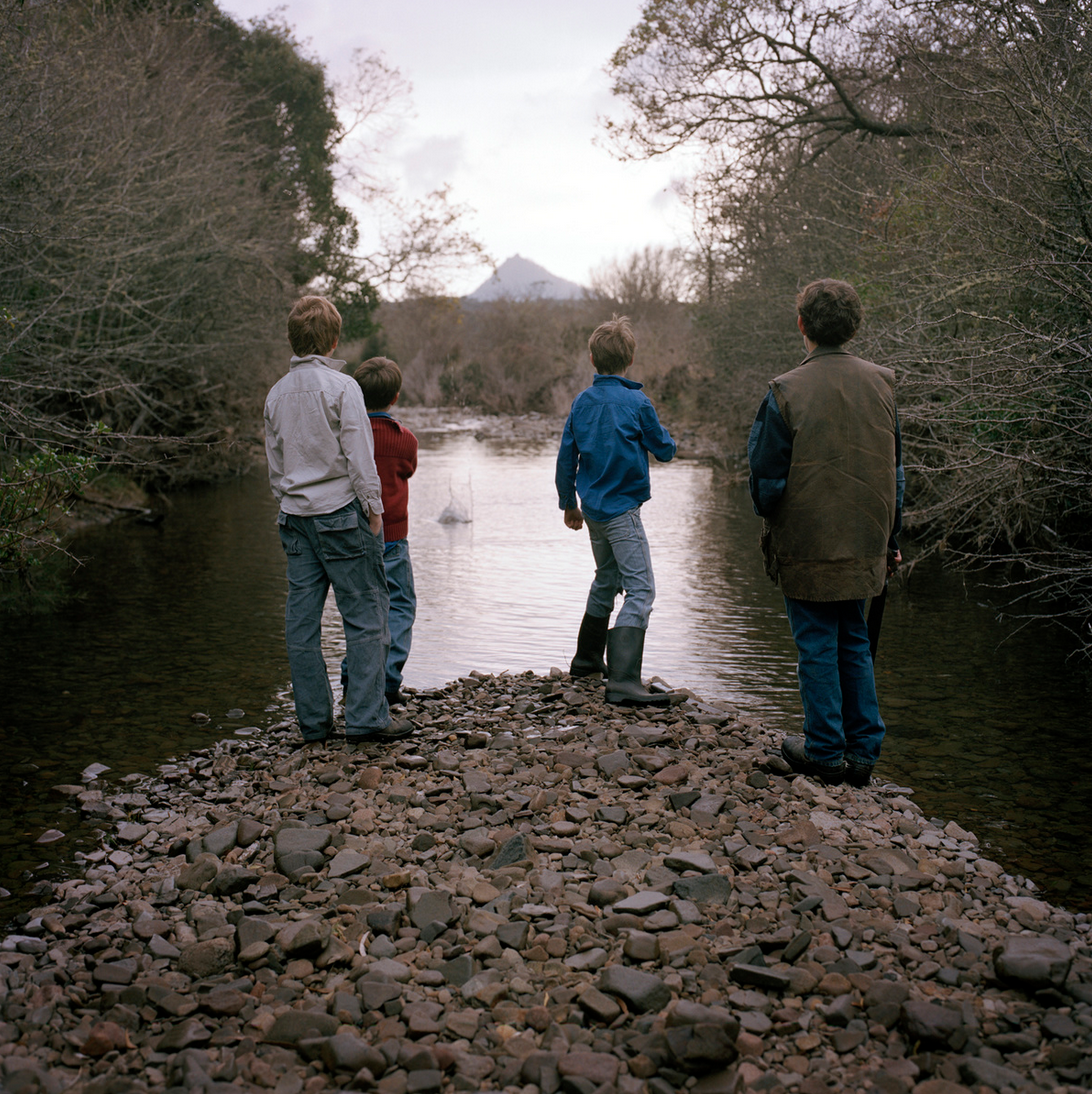
© Lumina Collective
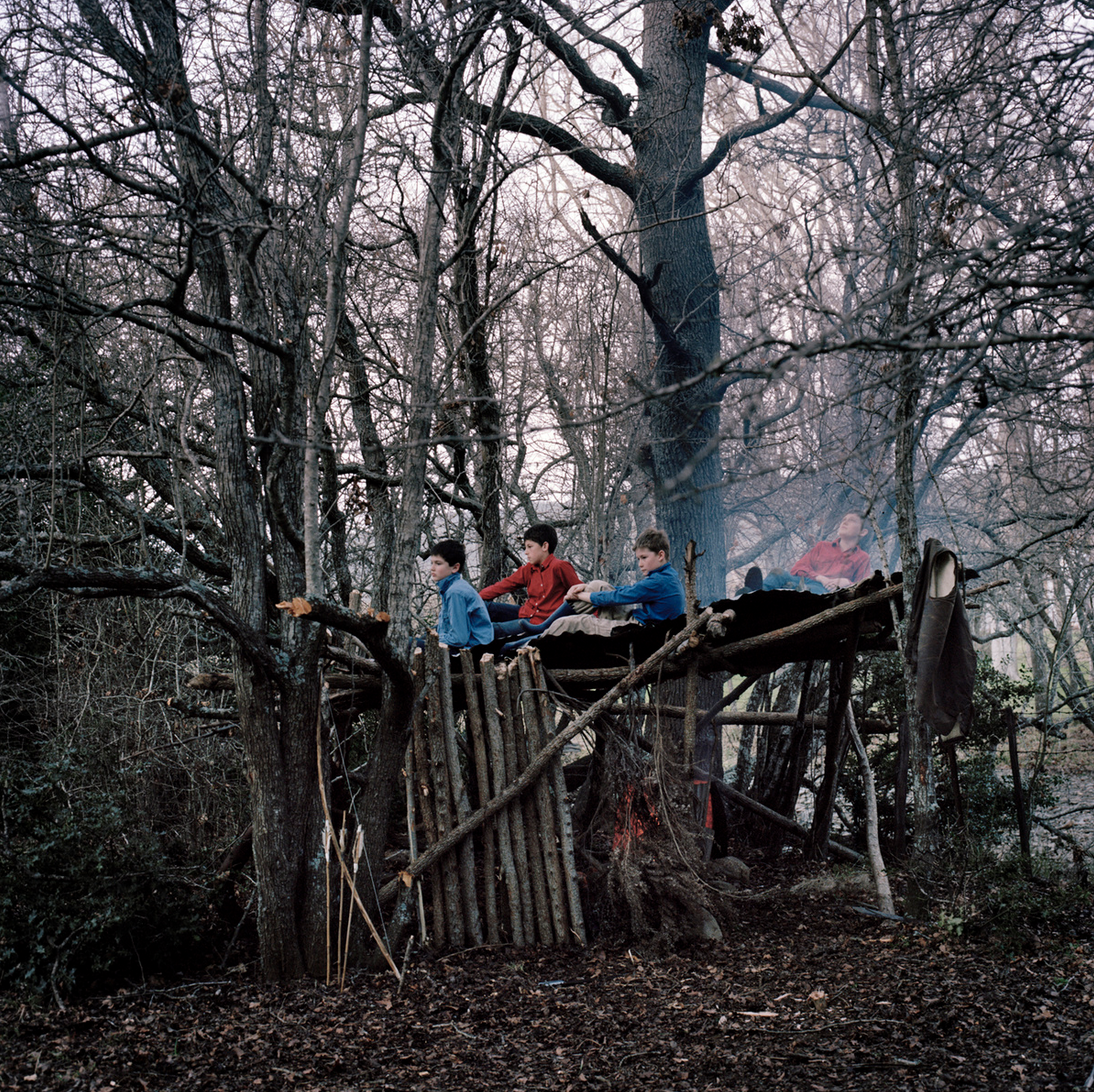
© Lumina Collective
Are you able to give us any details about this next new project? What are some of the themes and issues that Lumina might seek to address in 2019?
Lyndal: It’s a little early at this point! But we are working on our next major projects which should reach the public in late 2019 or the first half of 2020.
I didn’t realise that many of the members hadn’t met when the group formed. Have most of you had a chance to meet in person yet? Is it difficult for the group to synthesise its ideas and voice without being in proximity of one another? Oculi is rather infamous for the annual AGMs that apparently get somewhat heated. Does Lumina have a version of this that’s played out yet?
Morganna: Although we had initially not all met, now almost two years in we try to physically meet at least once every 6 months. Our AGM’s have served as a place to discuss ideas for lumina, for sharing of stories and experiences and to show work.
Lyndal: This was a bit of a gamble and experiment, I think, as the interpersonal dynamics of a group are critical to longevity and how well we would work together. But when we first all met in person for our launch exhibition at Black Eye in Sydney, though we are all very different, we clicked as people and photographers almost straight away. This is reinforced every time we get together. There are debates of course about how we dedicate our energy and the direction of photography as a medium. I’d call them interesting rather than heated, and they often move us forward into our next project. A huge part of the appeal of Lumina for me was our geographic diversity, so despite some challenges in communication, I love that we are a national collective with photographers working in country areas and cities in almost every state in Australia (and with Aletheia in the UK). This poses some logistical and communication challenges in that we don’t get to see each other in the same room very often. But we’ve developed a lot of great decision-making processes that work around the challenges too. So it’s more of a strength than a problem.
What’s on the immediate horizon for Lumina?
Continuing to work on projects and shows that pique our interest and add to the Australian photographic collection, whilst also supporting each other in the creation of new works.

